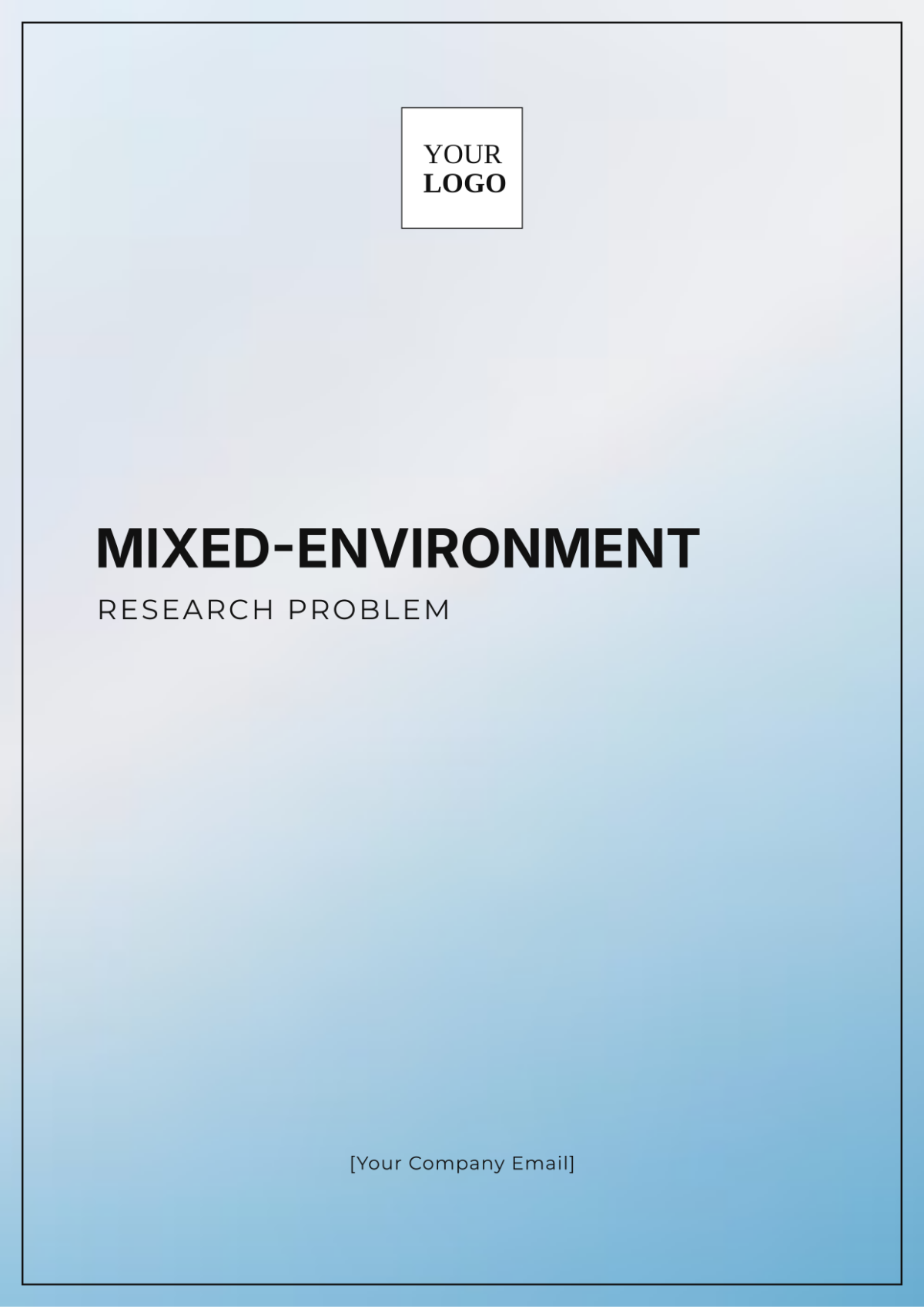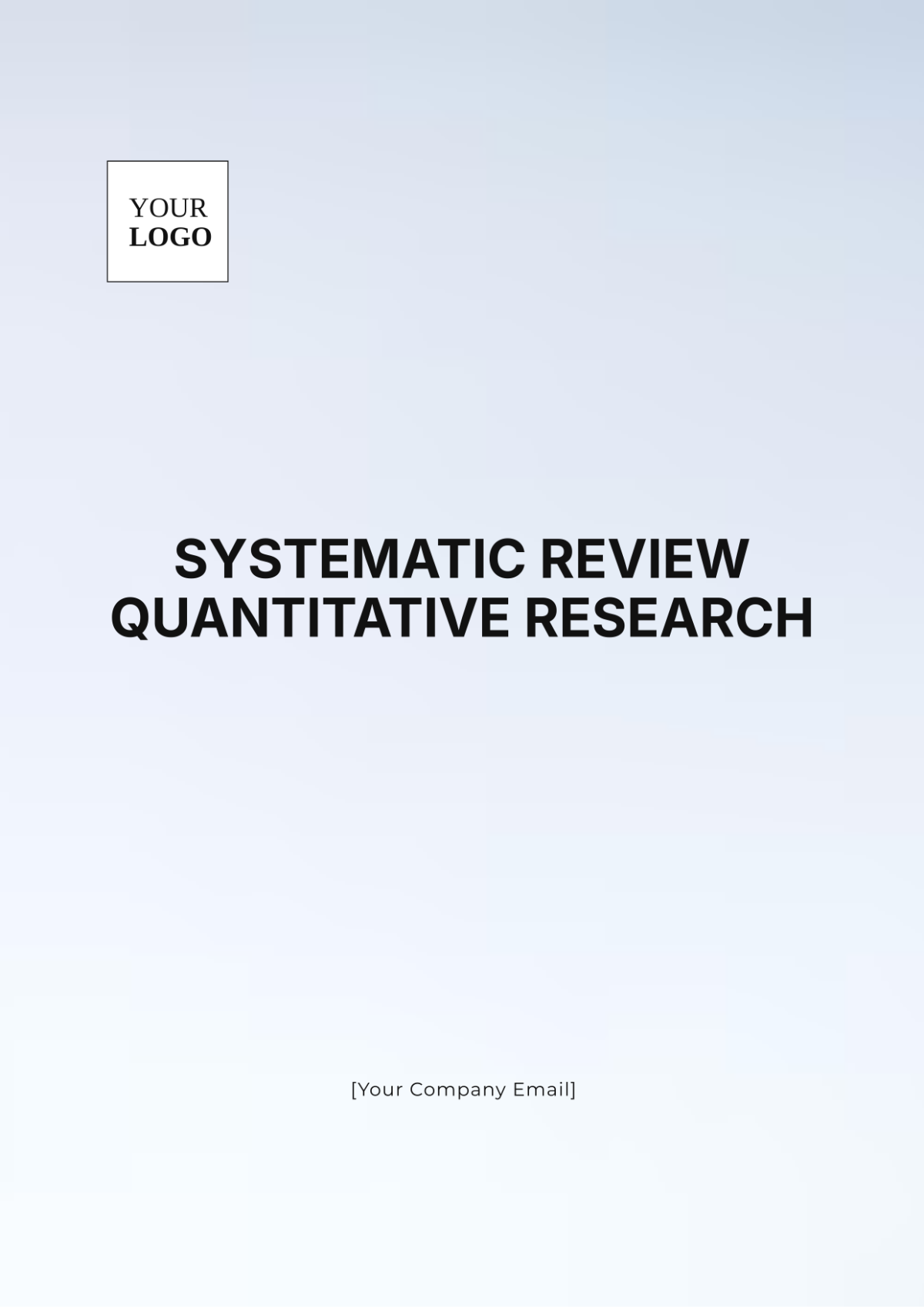Hypothesis Quantitative Research
I. Introduction
Quantitative research is a systematic investigation that primarily focuses on quantifying the phenomena being studied. It involves the collection and analysis of numerical data to investigate relationships between variables and to test hypotheses. This comprehensive research aims to validate or refute hypotheses through quantitative analysis and statistical methods, ensuring the reliability and validity of the findings.
II. Formulating Hypotheses
The first step in quantitative research involves the formulation of a hypothesis, which is a tentative statement predicting a relationship between two or more variables. A good hypothesis is specific, testable, and measurable. The formulation of a hypothesis follows from a thorough review of existing literature and theoretical frameworks.
Null Hypothesis (H0): A statement that there is no effect or no relationship between variables.
Alternative Hypothesis (H1): A statement that there is an effect or a relationship between variables.
III. Data Collection
Quantitative research relies on structured data collection methods. The data can be collected using tools such as surveys, questionnaires, experiments, and secondary data analysis. The objective is to gather numerical data that can be quantified and subjected to statistical analysis.
Surveys
Questionnaires
Experiments
Secondary Data Analysis
IV. Data Analysis
Data analysis in quantitative research typically involves statistical methods to test hypotheses and examine relationships between variables. This process can include the use of descriptive statistics to summarize the data and inferential statistics to make predictions or inferences about a population based on sample data.
Descriptive Statistics: Mean, median, mode, standard deviation.
Inferential Statistics: T-tests, ANOVA, regression analysis, chi-square tests.
Type of Analysis | Purpose | Example |
|---|---|---|
Descriptive Statistics | Summarize and describe the characteristics of the data | Mean, Median, Mode |
Inferential Statistics | Make inferences and predictions about a population based on sample data | T-tests, ANOVA |
V. Validity and Reliability
Ensuring the validity and reliability of the research findings is crucial in quantitative research. Validity refers to how well a test measures what it is supposed to measure. Reliability refers to the consistency of the results when the experiment is repeated under the same conditions.
Internal Validity: The extent to which the results of a study can be attributed to the interventions used in the study rather than other factors.
External Validity: The extent to which the results of a study can be generalized to other settings, other people, and over time.
Reliability: The consistency and stability of the measurement over time.
VI. Conclusion
Hypothesis quantitative research is a powerful method of scientific investigation that emphasizes measuring and quantifying variables to test hypotheses. By employing structured data collection methods and rigorous statistical analysis, researchers can establish causal relationships and test predictions. Validating findings through quantitative means ensures a high level of reliability and replicability in research outcomes.
VII. References
American Psychological Association. (2050). Publication Manual of the American Psychological Association (7th ed.). Washington, DC: American Psychological Association.
Fowler, F. J. (2050). Survey Research Methods (5th ed.). Thousand Oaks, CA: Sage Publications.
Gravetter, F. J., & Wallnau, L. B. (2050). Essentials of Statistics for the Behavioral Sciences (9th ed.). Belmont, CA: Wadsworth.
Creswell, J. W. (2050).Research Design: Qualitative, Quantitative, and Mixed Methods Approaches. Thousand Oaks, CA: Sage Publications.

















































